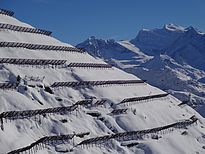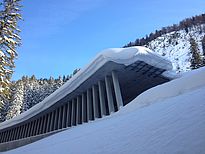Defensive structures prevent the formation of avalanches. In other circumstances, when an avalanche is released, it can be diverted or intercepted by a dam. Other means of protection against avalanches include physical structures for buildings and snow sheds. We conduct research and offer advice on structural avalanche protection.
Support structures are the most important and most frequently used structural avalanche protection measure in Switzerland. They protect the areas below over a large area by stabilising the snow cover with supporting surfaces anchored in the ground. The first retaining structures were built as early as the 19th century as brick terraces. The catastrophic winter of 1950/51 brought about a major rethink in avalanche protection. Within a short space of time, the types of supporting structures changed from walls or terraces to slender, much more effective constructions made of steel, aluminium, wood, wire ropes or concrete. Today, snow bridges made of steel or flexible snow nets made of wire ropes are used. There are around 600 kilometres of retaining structures in Switzerland. Where possible, they are supplemented with afforestation. In late winter, when the snow cover is particularly thick and heavy, it can weigh up to 40 tonnes. Securing an area of one hectare with retaining structures costs around one million Swiss francs.
We carry out type testing for new types of retaining structures in collaboration with the Federal Office for the Environment FOEN. We have supported practitioners and industry from the outset in the form of advice and guidelines.
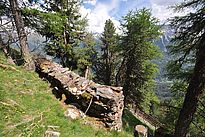
Avalanche dams
If an avalanche has broken loose, you must limit yourself to protecting buildings and other objects in the path of the avalanche and in the run-out area. Avalanches can be slowed down and stopped by means of catchment dams and braking bumps. Depending on the speed of the avalanche, dam heights of over 20 metres are required to stop it completely. Diversion dams direct the snow masses to places where they cannot destroy anything. Compared to retaining structures, dams are often the more cost-effective measure. However, they require a lot of space for their realisation and have a lasting effect on the landscape. Dams often have a combined function: in winter they protect against avalanches and in the snow-free season against floods and debris flows.
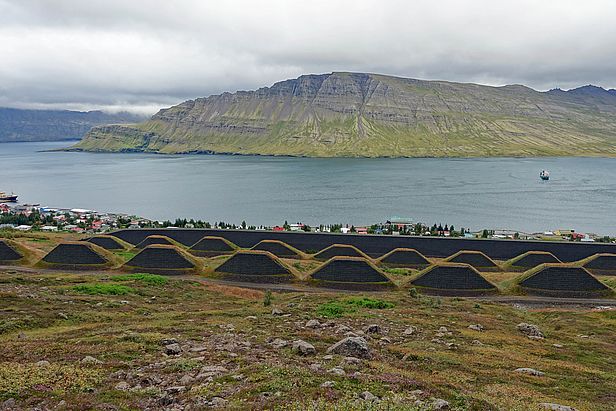
Avalanche galleries and object protection
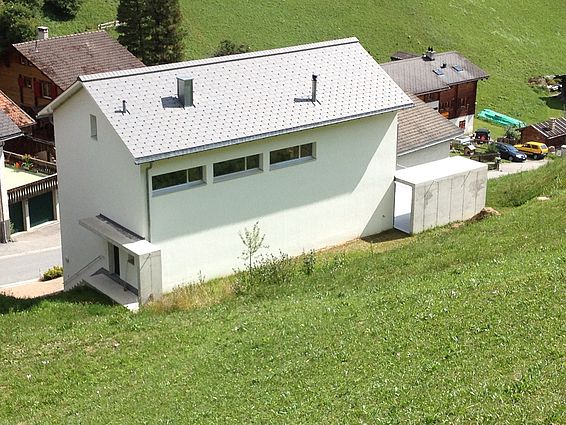
Avalanche galleries or tunnels are the classic protection for traffic routes. Avalanches flow over a gallery or are deposited on its roof without affecting traffic. If they are long enough, they offer a very high level of protection. Object protection is one of the oldest avalanche protection measures. Object protection is an efficient method of reducing the risk to people and property. Typical object protection measures include the reinforcement of walls, split wedges or levelled walls.
